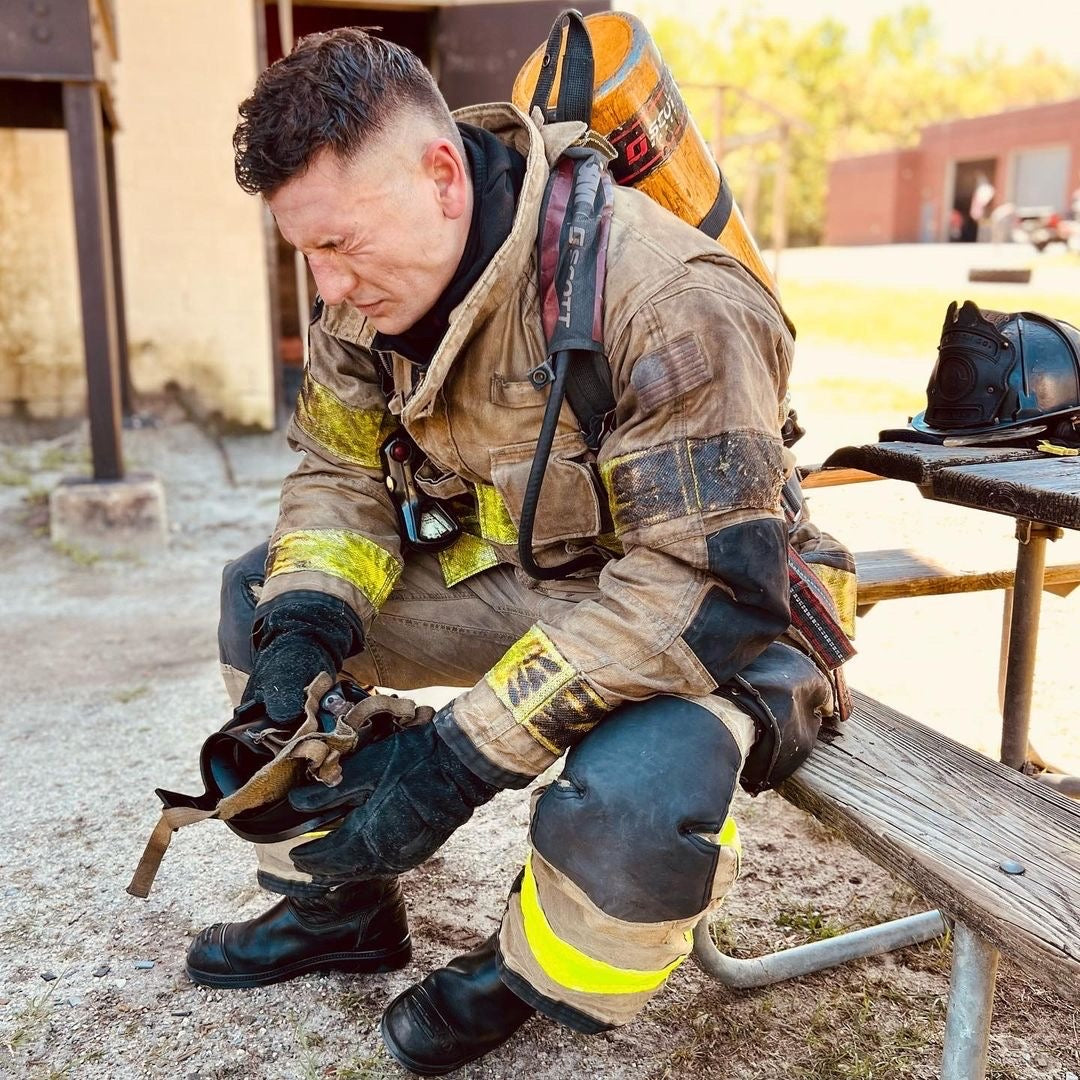The community often judge themselves and their peers on abilities to withstand extreme endurance challenges, which, when combined with minimal to no recovery and a multitude of other stressors, can and will result in detrimental physical preparedness. The human body cannot continually be placed into an overreached state without suffering adverse effects.
Continued long-term overtraining will result in decreased physical performance, an increased likelihood of musculoskeletal overuse injuries, and potentially lasting negative cognitive/physical health consequences.
Rest and recovery are critical components for the overall development of a WGH athlete. They are also the least planned and underutilized ways to enhance performance. Rest is defined as a combination of sleep and time spent not training.
Recovery, however, refers to techniques and actions taken to maximize your body's repair- i.e., hydration, nutrition, postural integrity, self-myofascial release, and stress management. A balanced combination of training and recovery techniques are the foundation for optimal physical preparedness.
ELEMENTS of REST and RECOVERY:
1. SLEEP: Sleep is the most critical time to recover—adequate levels of sleep help to provide mental health, hormonal balance, and muscular recovery. For most athletes, seven to ten hours is optimal.
2. HYDRATION: Drinking adequate amounts of water is critical to health, energy, recovery, and performance. Water helps all body functions for more efficient nutrient uptake and lower stress levels on the heart. But most importantly water alone won’t get you “hydrated” when we sweat we sweat out sodium, magnesium, etc supplementing with an electrolyte product like Hydrat3 improves your performance.
3. NUTRITION: Everything you eat can help fuel, heal, or poison your body.
4. STRETCHING: You need enough flexibility to move well and remain pain-free. This includes; Dynamic and static methods utilized pre/post training.
MYOFASCIAL RELEASE: Tight muscles and trigger points need assistance to return to healthy normal tissue. ThIncludesdes; TheraGun, Trigger Roller, and tennis/ racquet or golf balls.
Continued long-term overtraining will result in decreased physical performance, an increased likelihood of musculoskeletal overuse injuries, and potentially lasting negative cognitive/physical health consequences.
Rest and recovery are critical components for the overall development of a WGH athlete. They are also the least planned and underutilized ways to enhance performance. Rest is defined as a combination of sleep and time spent not training.
Recovery, however, refers to techniques and actions taken to maximize your body's repair- i.e., hydration, nutrition, postural integrity, self-myofascial release, and stress management. A balanced combination of training and recovery techniques are the foundation for optimal physical preparedness.
ELEMENTS of REST and RECOVERY:
1. SLEEP: Sleep is the most critical time to recover—adequate levels of sleep help to provide mental health, hormonal balance, and muscular recovery. For most athletes, seven to ten hours is optimal.
2. HYDRATION: Drinking adequate amounts of water is critical to health, energy, recovery, and performance. Water helps all body functions for more efficient nutrient uptake and lower stress levels on the heart. But most importantly water alone won’t get you “hydrated” when we sweat we sweat out sodium, magnesium, etc supplementing with an electrolyte product like Hydrat3 improves your performance.
3. NUTRITION: Everything you eat can help fuel, heal, or poison your body.
4. STRETCHING: You need enough flexibility to move well and remain pain-free. This includes; Dynamic and static methods utilized pre/post training.
MYOFASCIAL RELEASE: Tight muscles and trigger points need assistance to return to healthy normal tissue. ThIncludesdes; TheraGun, Trigger Roller, and tennis/ racquet or golf balls.



